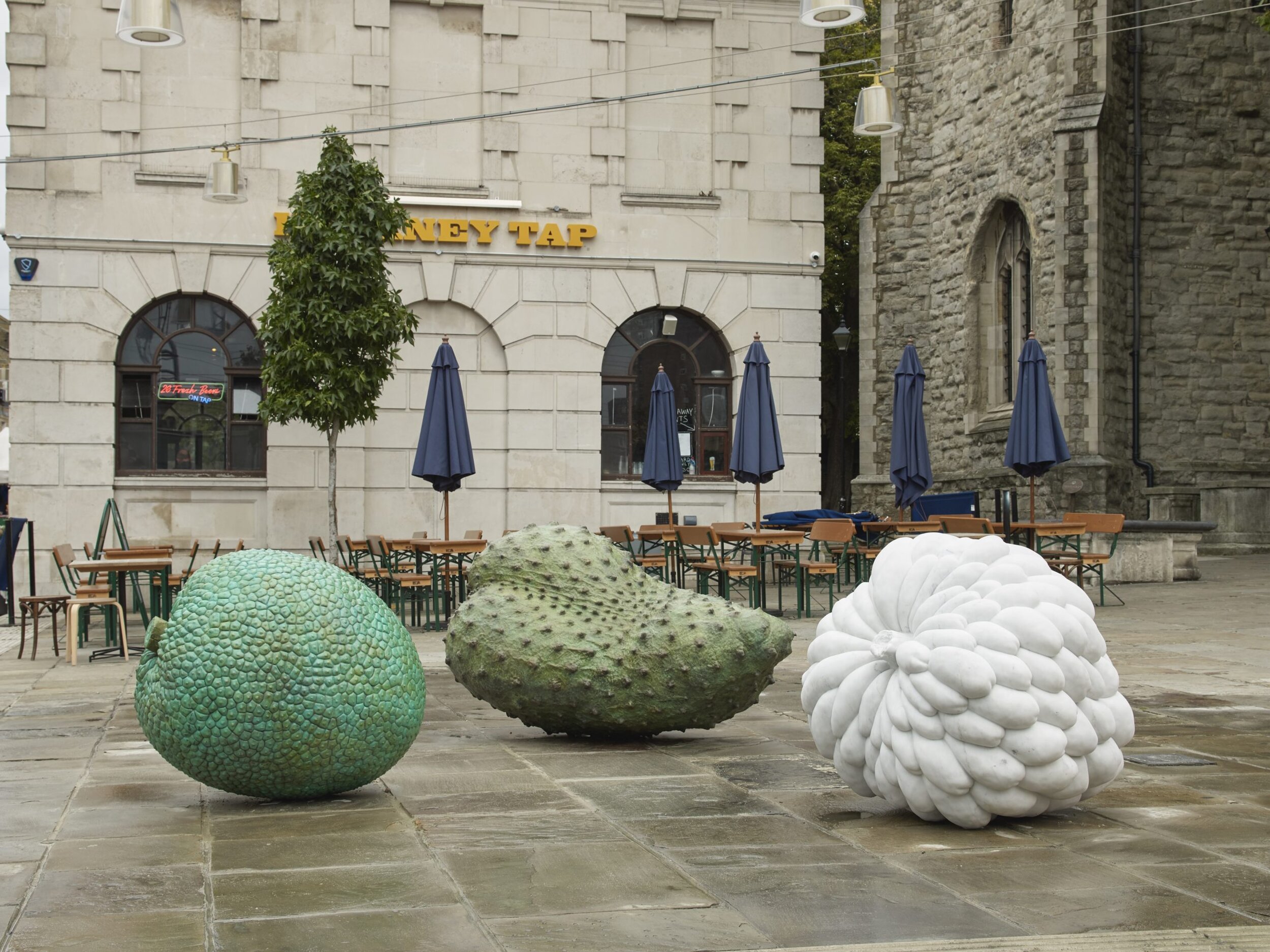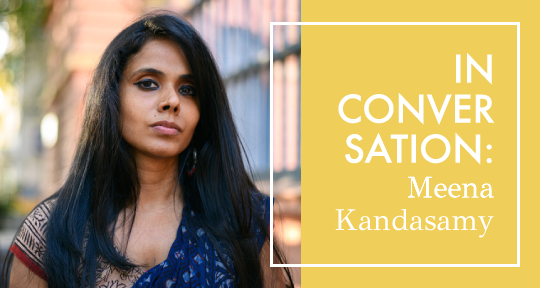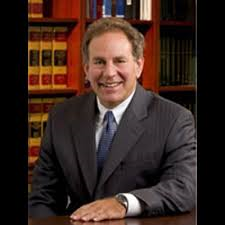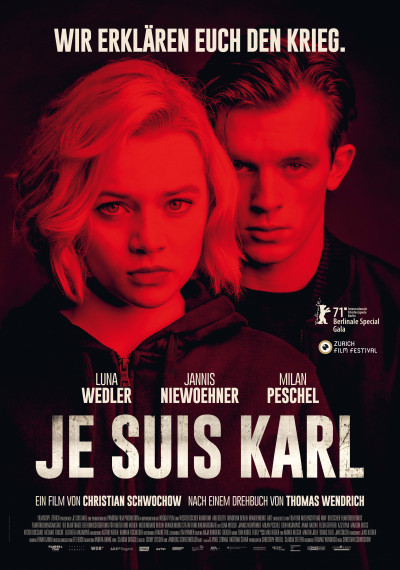
I learned so much every day, working with so many different faces. It was challenging, being shy and feeling intimidated by all these women of all ages and giving advice on makeup, but it forced me to overcome my fear, and also use all kinds of products and colors that I would not normally go for. While putting myself through school, I worked in a department store and ended up at the makeup counter. She opened my eyes to another world of fashion. Many celebrities at the time wore her pieces, including Diana Ross, the Jacksons, and Fred Astaire’s wife. She pieced together old kimonos in a new way, creating a new form with big shoulder pads - very ’80s.
#Hair salon texas veronica bruce windows
She was a wearable-art designer in the '80s, and her pieces were in the front windows every fall at Bergdorf Goodman. My auntie Janet Kaneko Loo was a big influence too. It wasn't even like she was looking at herself, but more like painting and sculpting. My introduction to makeup and hair was watching her apply her makeup every morning, and once a week, she would wet set her whole head of hair. I was surrounded by all kinds of beauty, brought up with animals, music, nature, gardening, art, and my beautiful artist mama. I grew up in the Santa Cruz Mountains in the '70s as a fifth-generation Japanese American. Celebrity makeup artist Daniel Martin and "dewy dumpling" virtuoso Nam Vo are among those who shared how beauty changed their perspective on themselves and their lives. To celebrate Asian Pacific American Heritage Month, I spoke with 11 Asian Pacific American makeup artists, hairstylists, and a nail artist about their relationship with identity and why they decided to pursue a career in beauty. Our differences empowered us to use beauty not only to help understand what makes us unique, but also to help others find their beauty. But it was through beauty that we ultimately learned to embrace how we look.

We felt “other.” We wanted to look like someone else, confused about where we fit in the world, let alone this industry that exclusively featured supermodels and actors who looked nothing like us.

I’m also not alone.įor so many of us who went into beauty, our experiences growing up were the same. I share my face and my advice with readers. I spend my days talking to others about what makes them feel most beautiful. And yet 20 years later, I’ve grown a career as a beauty editor.

Even worse, I was too dark and round to be accepted as pretty in my own culture. There were no girl groups or singers that had my small eyes or petite frame. I never saw myself in any of my favorite sitcoms or teen rom-coms. I had accepted my fate as being less than and not as attractive as my blonde, blue-eyed friends around me. For me, feeling different (and not in a special way) was the standard. Growing up, I was one of the few Asian Americans in my predominantly white neighborhood in Southern California. To see faces that look like mine featured across all industries seems so normal nowadays, it’s almost easy to forget that it wasn’t always like this.

#Hair salon texas veronica bruce tv
These days we’re (almost) everywhere, including movies, TV shows, the covers of magazines and major ad campaigns. We’ve come a long way in Asian representation, especially in the mainstream media.


 0 kommentar(er)
0 kommentar(er)
